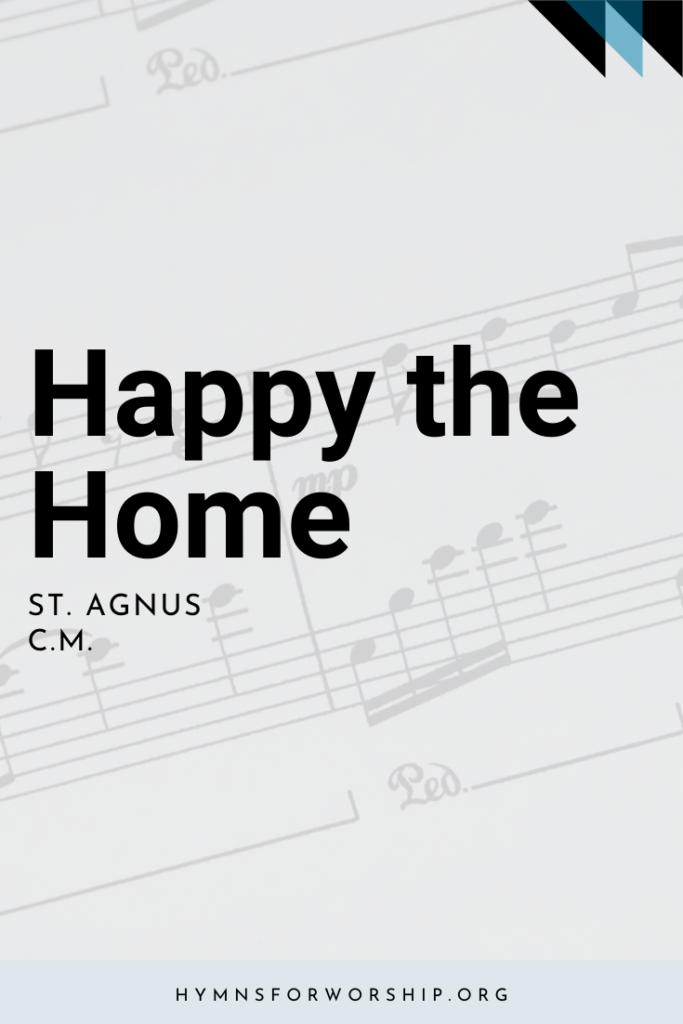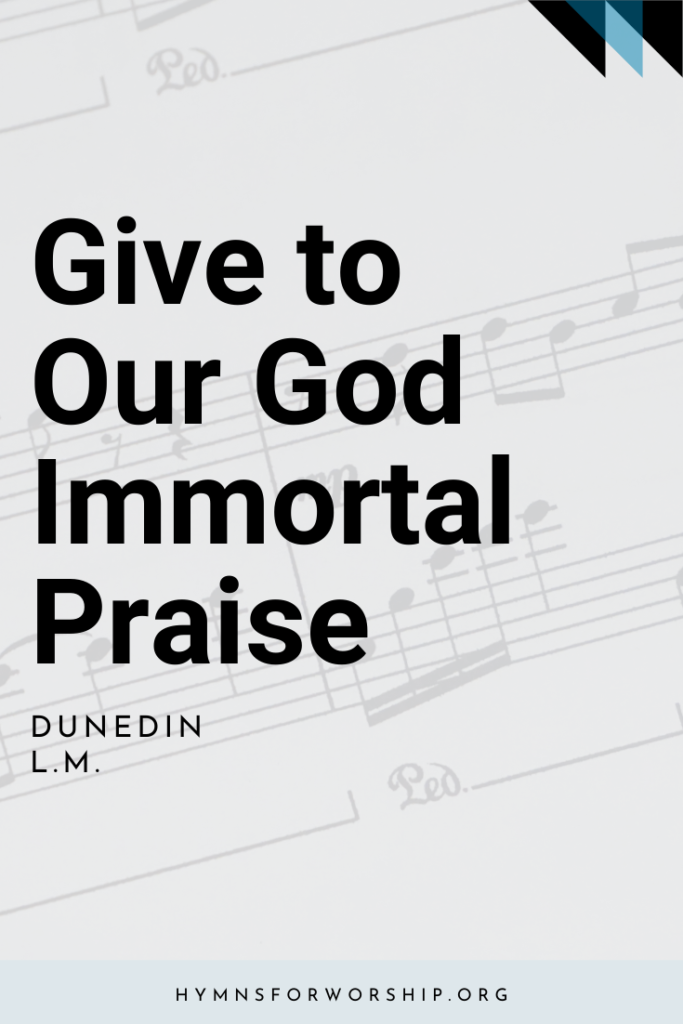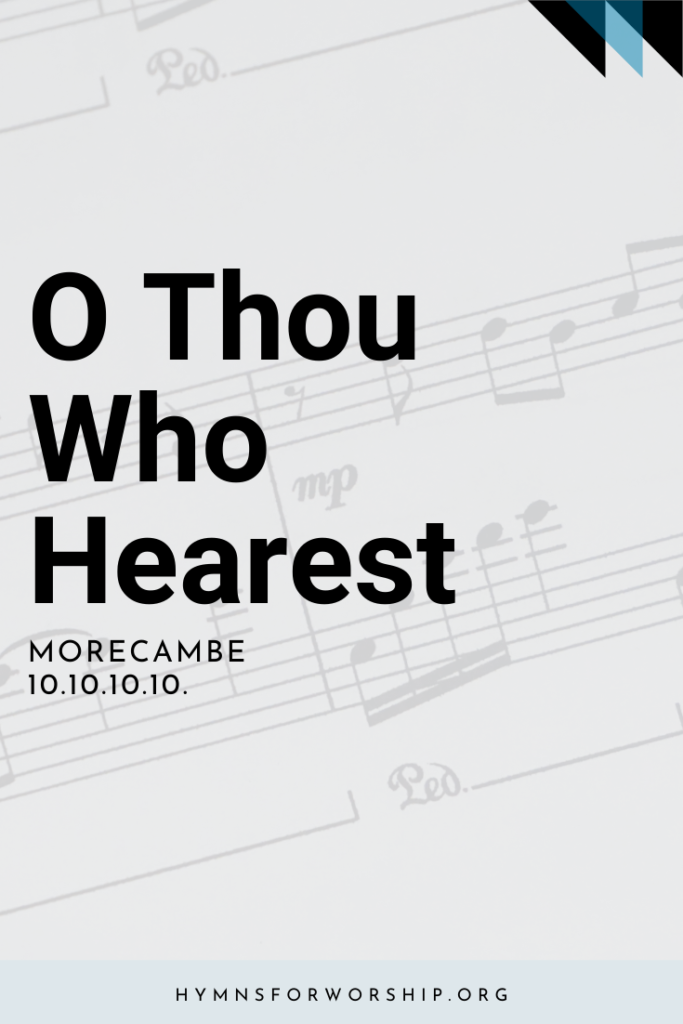GOD THE FATHER >> Majesty & Power of God
SDAH 86
O Lord my God
When I in awesome wonder
Consider all the worlds Thy Hands have made
I see the stars
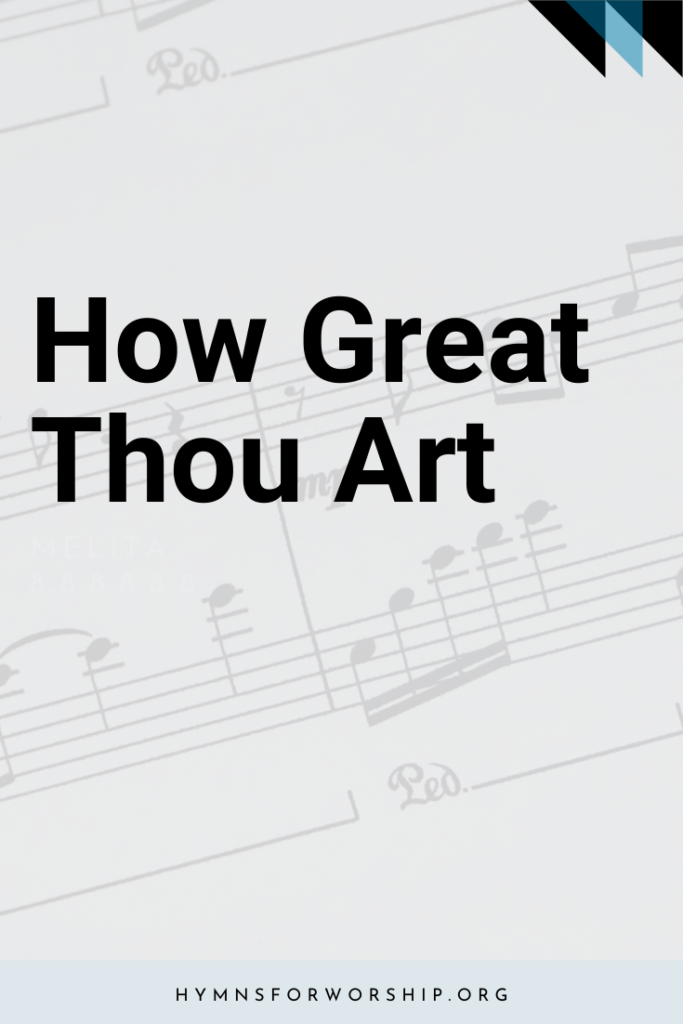
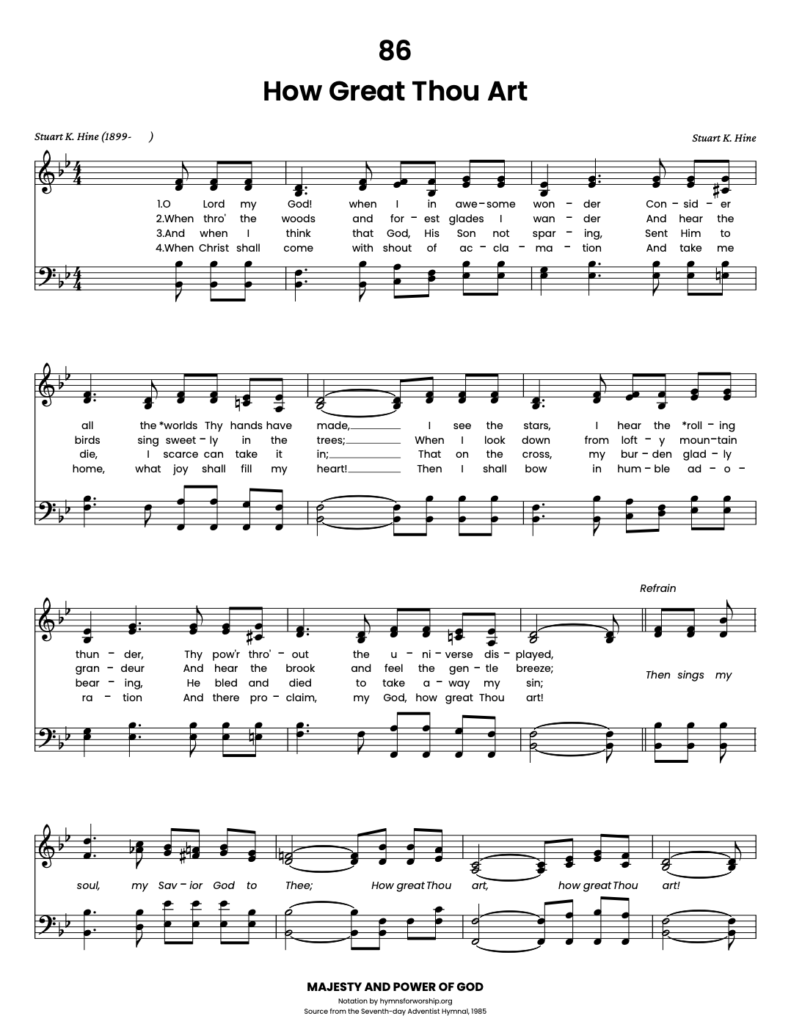
Get the hymn sheet in other keys here
For Worship Leaders
Make each hymn more meaningful with these helpful tools: Short, ready-to-use hymn introductions for church bulletins, multiple ways to introduce a hymn based on your worship theme and in-depth history and insights to enrich your song service.
Hymn Spotlight: How Great Thou Art
This beloved hymn has a fascinating journey through languages and cultures. Originally written in Swedish by Carl Boberg (1859–1940) in 1888 after being inspired by nature’s beauty, it traveled through Germany and Russia before being translated into English by missionary Stuart K. Hine (1899–1989). Hine, who had encountered the hymn in Russia, adapted and expanded it, adding the final stanza in 1948 after hearing Polish refugees long for their homeland. The hymn gained worldwide recognition when George Beverly Shea introduced it in Billy Graham crusades, singing it over 90 times during the 1957 New York crusade.
The tune, O Store Gud (O Great God), is a Swedish folk melody first published in 1891. Its powerful harmonies and soaring melody have made How Great Thou Art one of the most widely loved hymns of praise. As we sing, may we lift our hearts in awe of God’s power, creation, and saving grace.


Text
1
O Lord my God
When I in awesome wonder
Consider all the worlds Thy Hands have made
I see the stars
I hear the rolling thunder
Thy power throughout the universe displayed
Refrain
Then sings my soul
My Saviour God to Thee
How great Thou art
How great Thou art
Then sings my soul
My Saviour God to Thee
How great Thou art
How great Thou art
2
When through the woods
And forest glades I wander
And hear the birds sing sweetly in the trees
When I look down
From lofty mountain grandeur
And see the brook and feel the gentle breeze
3
And when I think
That God His Son not sparing
Sent Him to die I scarce can take it in
That on the Cross
My burden gladly bearing
He bled and died to take away my sin.
4
When Christ shall come
With shouts of acclamation
And take me home
What joy shall fill my heart
Then I shall bow
In humble adoration
And then proclaim
“My God, how great Thou art!”

Hymn Info
Biblical Reference
(a) Ps 33:6 (c) 1 Pet 2:24 (d) 1 Thess 4:16 (r) Ps 104:1
Author
Stuart K. Hine (1899-1989)
Copyright
Author’s original words are “works” and “mighty.” Copyright 1953, 1955 by Stuart K. Hine. Renewed 1981 by Manna Music, Inc., 2111 Kenmere Ave., Burbank, CA 91504. International copyright secured. All rights reserved. Used by permission.
Composer
Stuart K. Hine (1899-1989)
Theme
MAJESTY & POWER OF GOD


